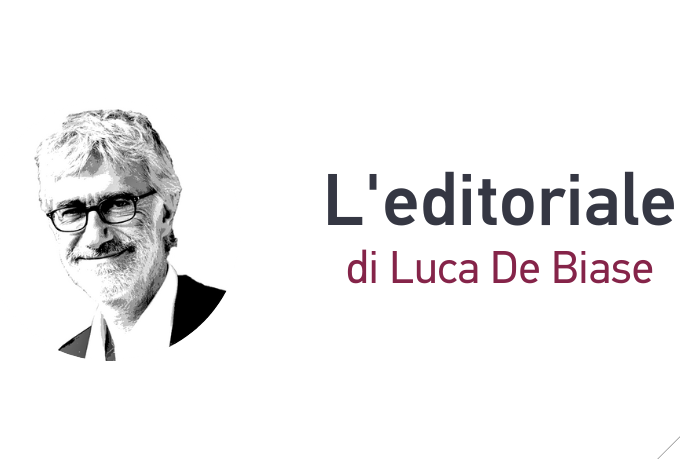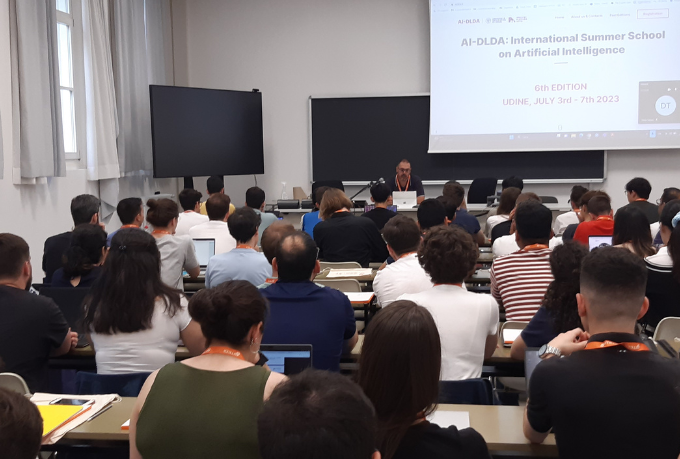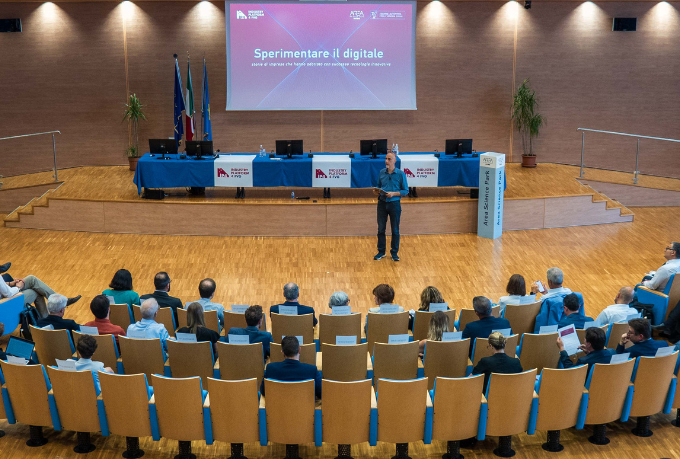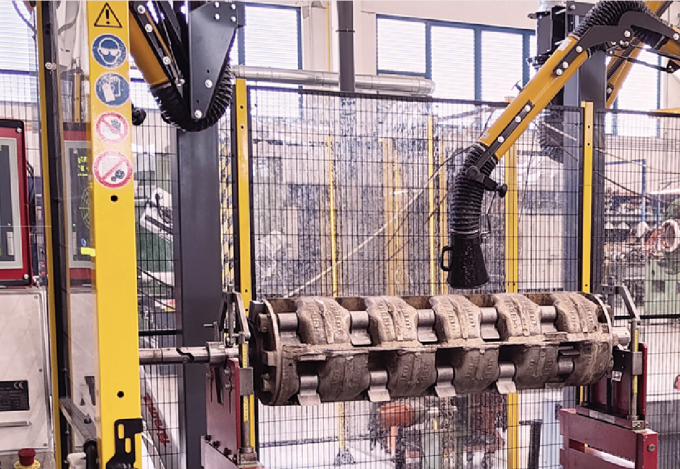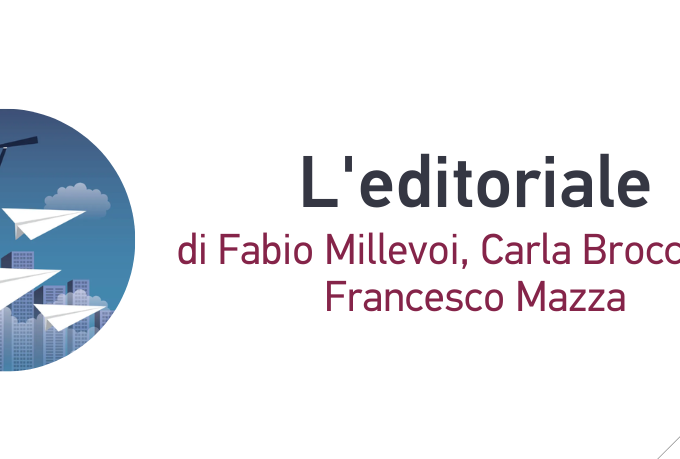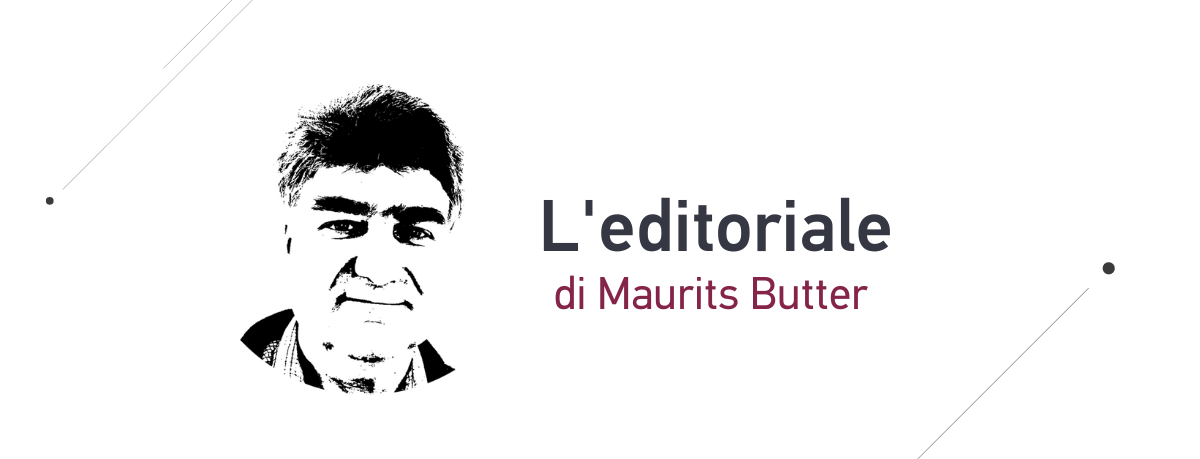
4 May 2022
European Digital Innovation Hub: an ecosystem for sharing skills and infrastructure on a European scale
Maurits Butter, Senior Innovation Policy Researcher at TNO – Netherlands Organisation for applied scientific research, DIH/EDIH expert*
The European call ended in February 2022. In addition to IP4VFG, 200 EDIH – European Digital Innovation Hub applicants participated in the call. Now, everyone is waiting for the results. If successful, many will transform their Digital Innovation Hubs into European Digital Innovation Hubs. But how?
Clearly, EDIHs are something new. They do not exist. Yet. While many today may call qualify as DIHs, the same is not true for EDIHs, as they will have a well-defined formal status. It will be indeed for the European Commission to decide who will be given the status of a European digital innovation hub based on a well-defined legal framework. But what is the difference between DIHs and EDIHs? Are they different? At present, we can only express our views as experts involved in this “movement/process” from the very beginning. However, we do think that there are differences between DIHs and EDIHs.
In 2016, the concept of DIH was created and developed further, expanding that of Centre of Competence (CoC). DIHs have added a structural focus on business and ecosystem services to the strong core of technology services peculiar to CoCs. Not only R&D, then, but also support for turning activities into actual business. DIHs also ensured that the ecosystem was organised in such a way that the contribution of all stakeholders – on a specific innovation theme – was aligned to support research and application of innovative digital technologies. The target market was, therefore, the regional ecosystem, with a primary target consisting of “innovators” and “early adopters” and a focus on specific technical and industrial aspects, such as robotics in manufacturing production.
However, following the emergence of the Digital Innovation Hub concept, many organisations describe themselves as such, and the landscape has become crowded. Too crowded. The overlap of initiatives has reduced their efficiency and increased competition. This has resulted in a less than optimal use of public funding without impact in terms of Europe-wide collaborations. At that juncture, it was decided in some regions to launch close cooperation among local DIHs with a view to optimising resources and expertise. This has, for example, led to the establishment of IP4FVG – Industry Platform for Friuli Venezia Giulia, in Italy, BDIH – Basque DIH in the Basque Country, and SMITZH – Smart Manufacturing Industriële Toepassing Zuid-Holland, in the province of South Holland. Not surprisingly, these are three examples of virtuous models mentioned in European reports.
The Commission decided, at some point, that it was time to take the DIH strategy to a more advanced stage: every region in the European Union must have a European DIH that supports the local ecosystem but serves, at the same time, as a link to Europe.
So, what is the difference between DIHs and EDIHs? Perhaps the main difference is their function in the ecosystem. While DIHs are concerned with promoting new digital technologies for innovative companies, the purpose of EDIHs is to get digital technologies to industry on a larger scale as well as to the public sector, linking supply and demand at a regional as well as inter-regional level. Certainly, each EDIH will have a themed and technological specialisation often related to and based on the regional smart specialisation strategy. This specialisation can act as a “beacon” attracting companies and organisations from other regions.
Besides the technological focus, another significant difference lies in the institutional setting in the European ecosystem. Each EDIH will actively participate in the European network based on a network of collaborations that will be facilitated and supported by the forming Digital Transformation Accelerator. Collaboration now takes on a key role and will no longer be merely an option. EDIHs will be the gateway to the entire European network both inbound and outbound: providing regional expertise and infrastructure to the rest of Europe, while acting as a gateway to expertise and infrastructure available across the European network for the stakeholders in their own region.
Organising this new ecosystem and linking it to existing DIHs will take time. Selected EDIHs will have three years to settle in and develop the new functions. Three years for their partners to collaborate. Three years to demonstrate to their customers the value they are creating. Three years to prove they have a real impact on the ecosystem, support SMEs and collaborate at the European level. IP4FVG also aims to evolve and take on the status and role of EDIH.
So, now it is up to you to connect within a larger ecosystem! Let your beacon shine, act as innovation orchestrators and champions in your region, but also be the gateway to Europe.
*This article was produced in collaboration with Kristina Karanikolova, Junior Innovation Researcher – Strategy and Policy Department at TNO




